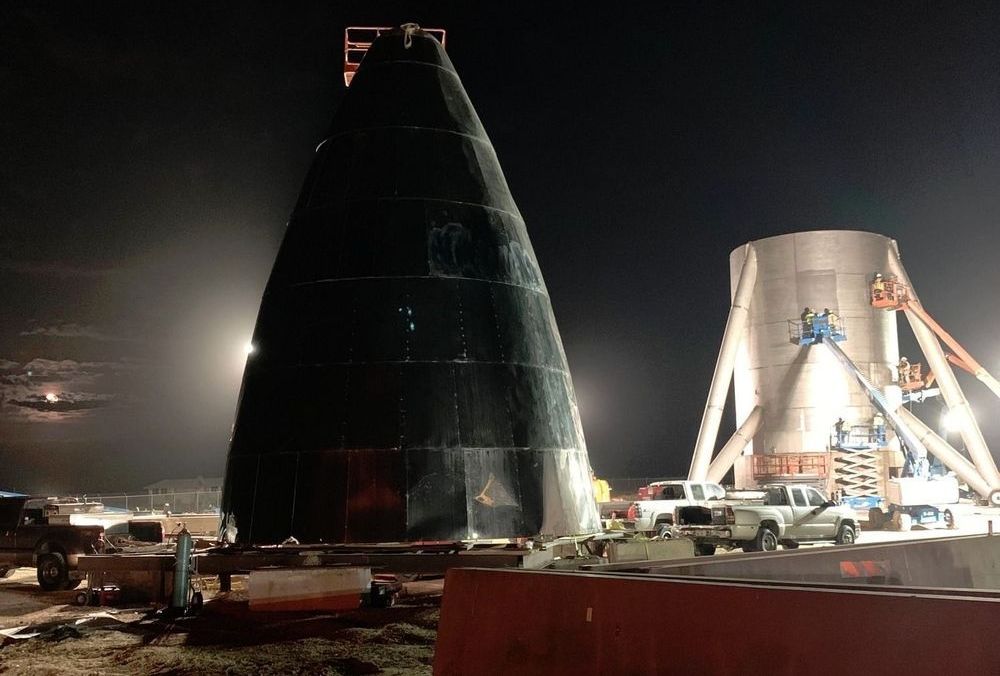We present to you a cosmic winter wonderland. Enjoy: https://go.nasa.gov/2EHC29J


We present to you a cosmic winter wonderland. Enjoy: https://go.nasa.gov/2EHC29J

Water scarcity is a global security risk. Researchers are developing ways to forecast risks to prevent conflicts.
A plant grows between cracked mud at the Theewaterskloof dam near Cape Town, South Africa, on Jan. 21, 2018. The dam, which supplies most of Cape Town’s potable water, is currently dangerously low as the city faces “Day Zero”, the point at which taps will be shut down across the city. Mike Hutchings / Reuters file.

Ghrelin, the hormone that makes you hungry, also makes food, and food smells, irresistibly appealing. Karen Hopkin reports.
‘Tis the season…for overeating! But it’s not just your lack of willpower or the omnipresent holiday treats. No, you can lay some of the blame on ghrelin. Because a new study shows that ghrelin, the hormone that makes you hungry, also makes food…and food smells…irresistibly appealing. The finding appears in the journal Cell Reports. [Jung Eun Han et al, Ghrelin Enhances Food Odor Conditioning in Healthy Humans: An fMRI Study].

According to a straightforward interpretation of general relativity, the Big Bang wasn’t the start of ‘everything’.
Taking Einstein’s famous equations at face value and making as few assumptions as possible, a team of researchers has rewound the clock on our Universe to find it wouldn’t lead to a stopping point at all, but would take us through a different kind of beginning into a flipped space.
To understand what all the fuss over the Big Bang is, we need to rewind a bit to understand why physicists think it may not have been the start of everything.

The government should consider giving out monthly Social Security checks—no strings attached.
What is UBI? How would free money change our lives.
Kurzgesagt Newsletter: http://eepurl.com/cRUQxz
Support us on Patreon so we can make more videos (and get cool stuff in return): https://www.patreon.com/Kurzgesagt?ty=h
Kurzgesagt merch: http://bit.ly/1P1hQIH
The MUSIC of the video:
Soundcloud: http://bit.ly/2BHihcO
Seasons Greetings to “all of you on the good Earth”
50 years ago today in 1968, the first crewed mission to the moon, Apollo 8, entered lunar orbit on Christmas Eve. Celebrate the #Apollo50 anniversary with us: https://go.nasa.gov/2EBJnqq


It was just last month that Elon Musk took to Twitter to unceremoniously announce that he was changing the name of the crew module and rocket booster of SpaceX’s BFR rocket program to “Starship” and “Super Heavy,” respectively. Now, in another spontaneous update from Musk via Twitter, we’re getting our first good look at the Starship section in all its stainless steel glory.
In the early morning hours, Musk tweeted out an image of the top section of the spacecraft with the simple caption “Stainless Steel Starship,” before following up with a few additional details about the progress of the program.